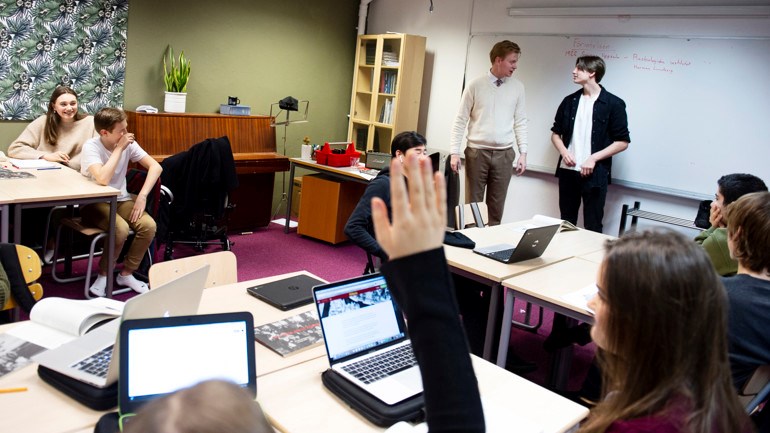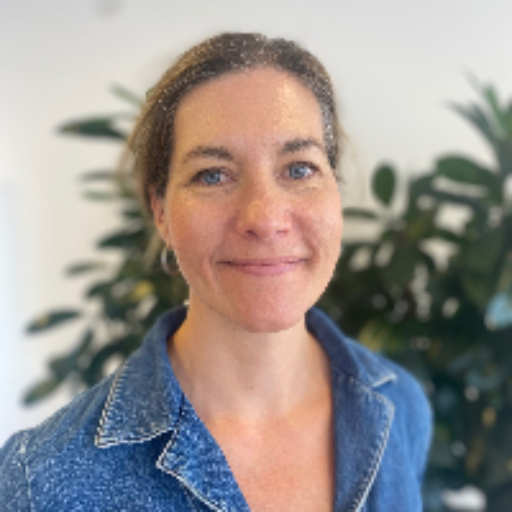More languages in the classroom can enrich learning in other subjects

In her thesis, Cristina Nordman has investigated how multilingualism in the classroom can be a resource.
A classroom where students speak many different languages is a treasure chest. But as a teacher, you need to know how to open it and get the best out of its riches. This is the view of Cristina Nordman, whose thesis examines how multilingualism can be used to enrich the learning of other subjects.
"We need to use the resources we have available – it is a huge waste not to take advantage of students' linguistic backgrounds," says Cristina Nordman, who has worked as a teacher for over 25 years.
The project was conducted with teachers and study counsellors in two sixth and seventh grade classes studying geography and Swedish as a second language. The teaching sessions were consciously planned to use the students' entire linguistic repertoire, putting theories of pedagogical translanguaging into practice. In both classes, there was a rich diversity of languages and all students had a first language other than Swedish.
"Multilingualism is a resource, but I wanted to test this in a context where the pupils are not new arrivals, but were either born in Sweden or arrived here at a very young age. The idea was to let students use their first languages to primarily deepen their knowledge of other subjects."
Used their first languages in discussions
One exercise involved students reading a novel in Swedish. They were then encouraged to discuss it in their first language before opening the conversation to the wider group in Swedish.
"Students could switch between their linguistic resources. They found fresh perspectives and showed more engagement. They asked more questions."
She interviewed teachers and students as the project was running.
Students could switch between their linguistic resources. They found fresh perspectives and showed more engagement. They asked more questions.
Cristina Nordman
"As a teacher, you need to be brave and have the courage to let go of control. You also need to be able to explain to students why they should use their first languages in their learning. Many students have been told that they should always speak Swedish in the classroom, and there was resistance to using their first languages among some of them. However, with an encouraging approach and conscious planning, the linguistic norm in the classrooms changed and students also started to use their first languages more spontaneously to create meaning."
Multilingualism as an asset
Cristina Nordman hopes that her thesis will highlight the value of of multilingualism.
"The debate around multilingualism is often animated and simplistic. I want to give a nuanced picture: there are opportunities for this group of learners, but also limitations. The role of teachers is important and they must be given the right conditions for reflection and planning. They must have the theoretical knowledge to be able to organise teaching so that they can take advantage of the multilingualism of their classes. This can motivate pupils to explore their linguistic repertoires and improve their learning outcomes."
English text by Anna Holmwood.
